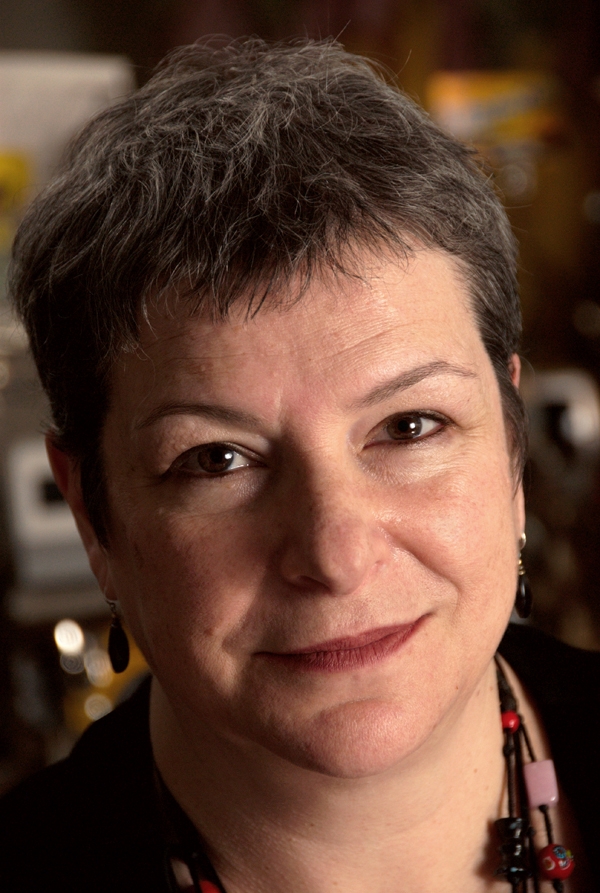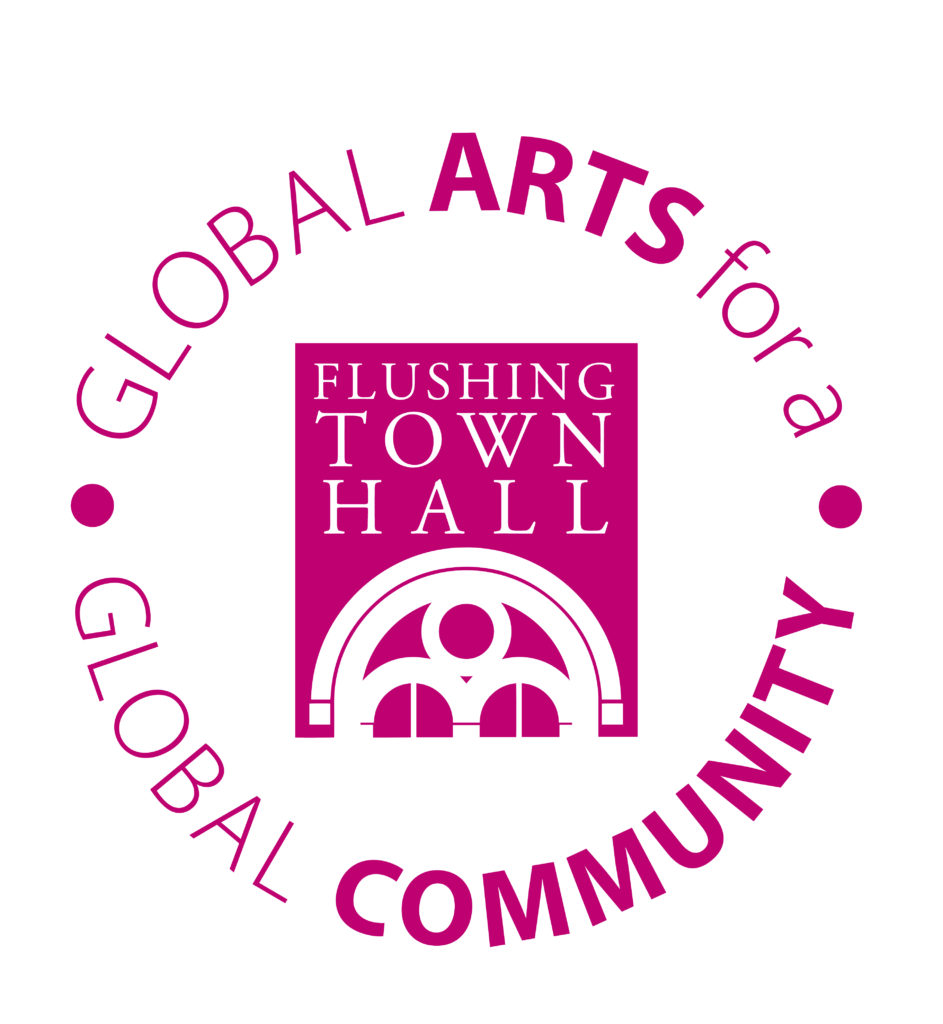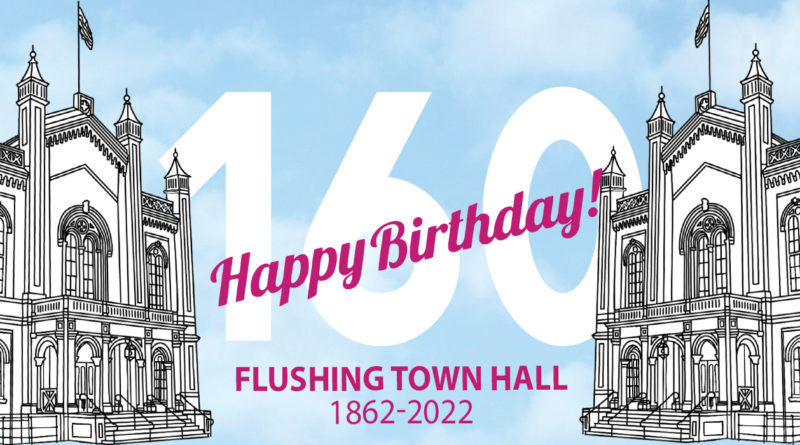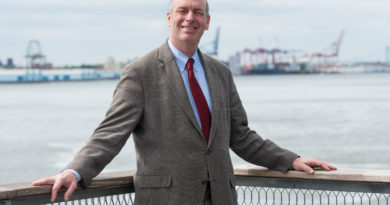Flushing Town Hall: 160 Years of Resilience
By Ellen Kodadek

This is the story of a historic Queens building.
Not many buildings can claim a tale worth telling, but this one can, and on June 9th, Flushing Town Hall will throw a Happy Birthday Gala in celebration.
The cultural institution is itself only 43 years old, but its landmarked building, located at the corner of Northern Blvd. and Linden Place, is turning 160. In its storied hallways, Flushing Town Hall will also debut an exhibition looking back at the building’s rich history, to remain on view to the public through year-end.
As the story goes, the building’s first cornerstone was laid on June 7, 1862, soon after the Civil War’s start, when the people of Flushing determined they needed a headquarters for welcoming troops home. The community’s one structure of note was the John Bowne House, long an established gathering site for abolitionist activism and religious freedom — but it was a mere farmhouse. They envisioned something on a grander scale, emblematic of the pride and appreciation they felt for their returning soldiers.
Built in the Romanesque Revival style that was popular at the time, with a front facade featuring a triple arched portico topped by a classic entablature, the building was constructed in 19 months and opened in January 1864 with a Grand Inaugural Ball.
Over the next few decades, as New York City continued to grow in population and economic vitality, so did the neighborhood of Flushing, and this Town Hall became an important stop on the lecture and vaudeville circuit. The building welcomed an eclectic roster of notable figures, including Frederick Douglass, Ulysses S. Grant, Teddy Roosevelt, P.T. Barnum, and Tom Thumb. It also became a popular venue for military galas.
In 1898 the Town of Flushing was consolidated into the City of New York, which took over control. The building was converted into a courthouse and jail cells were added within. (In fact, the “green room” used today by artists performing at the Hall still retains its original jail cell door, slatted metal bars and all.)
In 1960, the Hall went through a dizzying array of reinventions and was used by the Highway Bureau, the Department of Public Welfare, Big Sisters of Queens, the Flushing Historical Society, The Girl Scouts, the Department of Sanitation, as a library, and as a bank.
By 1967 the Landmarks Preservation Commission bestowed the building its protected status, and in 1972, the National Park Service named Town Hall a historic site. It can be found in the register of Historic Places. But amid the financial crisis of the early 1970s and following so much turnover, the building fell into disrepair.
Local resident Stephen Phillips stepped up, spending half a million dollars to restore its structure. Flushing Town Hall reopened in 1976 as a 300-seat theater with a restaurant and bar downstairs. Folk singers Peter, Paul & Mary performed in June of that year.
Unfortunately, this new incarnation was short-lived. By1989 the building was again vacant— a forgotten relic of the past, with broken and missing windows and covered in graffiti. The civil court ordered the construction of a surrounding security fence.
It was then that two women stepped forward, heroic. Claire Shulman, the first female Borough President of Queens, and Jo-Ann Jones, who took the helm, together created The Flushing Council on Culture and the Arts, better known today as the cultural institution Flushing Town Hall. In 1990, the Council was awarded stewardship to renew the building as a multicultural arts center and allocated $2.1 million by Shulman for safety upgrades and restoration.
Flushing Town Hall reopened to the public on May 20, 1993 and has been presenting jazz, world music, dance, fine art, puppetry, educational programs and exhibitions ever since.
Of course, the building did shutter again—temporarily—along with the whole of New York, as the COVID-19 pandemic ravaged the city throughout 2020 and 2021. In turn, Flushing Town Hall pivoted to virtual programming, made possible by new technologies and new funding, and then with the arrival of vaccines, swung open its doors once again, welcoming back artists and eager audiences.
For tickets to the celebration Gala or upcoming programs at the Hall, visit: https://www.flushingtownhall.org

Ellen Kodadek is the Executive & Artistic Director of the Flushing Council for Culture and the Arts.



